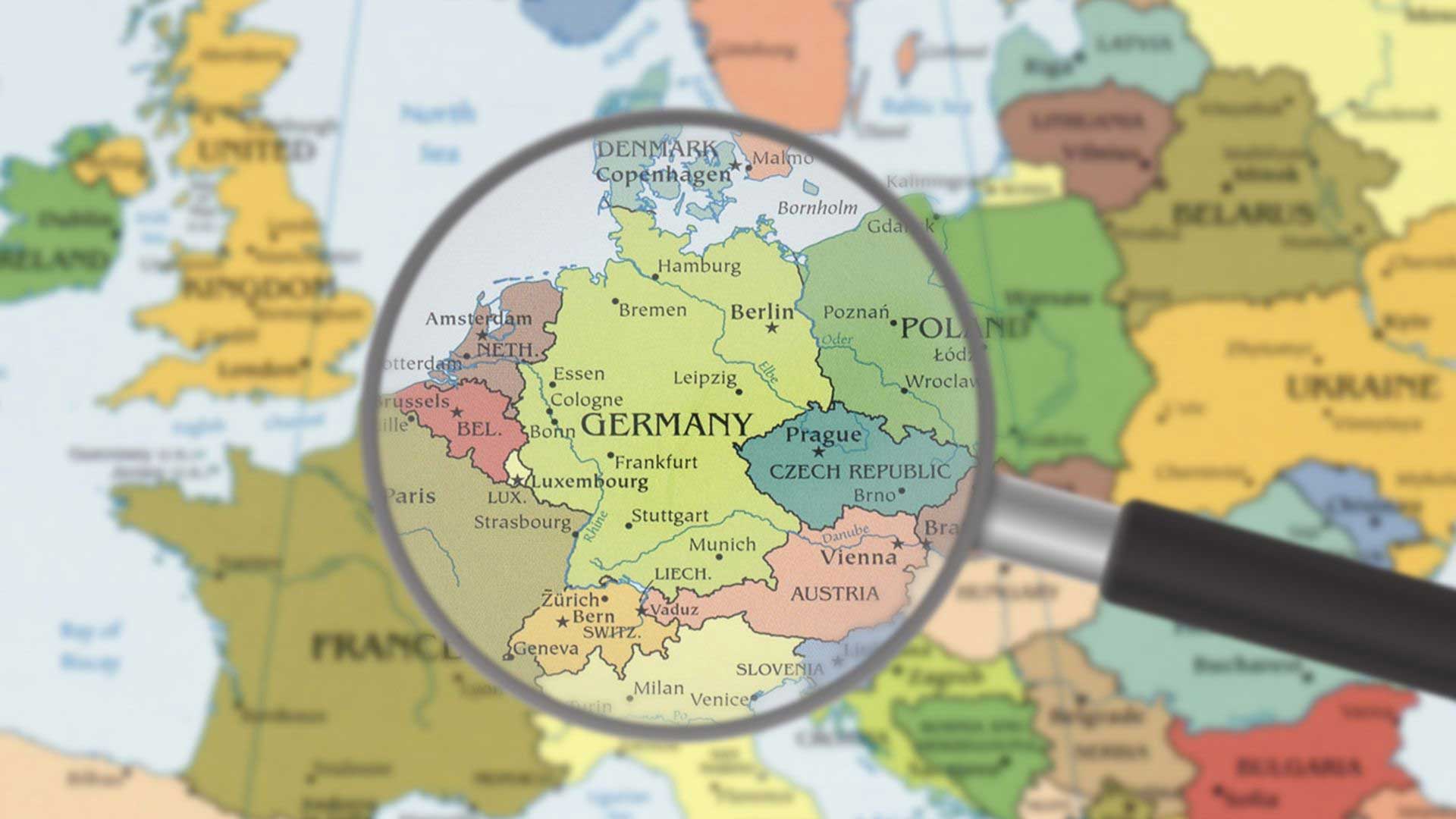Germany updates national strategy

The country’s hydrogen strategy, initially adopted in 2020, was updated on Wednesday – a move that was long “overdue” according to industry association BDI, which cites the rapid changes happening on the gas market since Russia invaded Ukraine last year.
“With the update of the National Hydrogen Strategy, we are setting the framework for a new phase in the hydrogen market ramp-up,” Robert Habeck, the economy and climate action minister, declared on Wednesday (26 July).
The updated strategy projects hydrogen demand to reach 95-130 Terawatt-hours (TWh) in 2030, a slight increase from its previous projections made three years ago. 55 TWh corresponds to today’s demand for hydrogen, which is currently produced from imported fossil gas for use mostly in refineries and chemical plants.
But the German government wants an increasing share to be produced domestically in an environmentally-friendly way, from water electrolysis. In its revamped strategy, the government is now targeting an electrolyser capacity of 10 GW, which is double the 2020 target. These electrolysers are expected to produce upwards of 25 TWh of hydrogen.
Click here to learn more

 Log in
Log in
 Search
Search



